If you have a metal building, then insulating it could be a great way to improve its structural strength and make it more versatile and energy-efficient. Here are all the various benefits of insulation listed for you:
-
- Regulates inside temperature, reducing heat in summers and trapping heat in the winters.
- Moisture control.
- Makes the building more soundproof.
- Reduces energy costs spent on both cooling or heating the inside of the building.
- Improves working conditions
How to Insulate a Metal Building
Before we jump into the various ways for metal or steel building insulation, let’s understand why metal poses a thermal challenge.
Unlike wood or brick, metal conducts heat very easily. It is like a giant conductor between the outside world and the interior space and allows heat to enter in summer and escape in winter easily. This makes a metal building the equivalent of a giant tin can. Imagine trying to cool or heat that the whole year round.
To temperature control a metal building, you can either insulate the roof, walls, or both. The choice of material will depend on your needs, what the building will be used for, and your budget.
Best Insulation Materials for a Metal Building
Choosing the right way to insulate the interior buildout of your metal structure depends on what the intended use of the building is and what the goals are. The right insulation might be drastically different for a garage vs. a freestanding warehouse. Let’s look at some metal building insulation options:
Radiant Barrier or Reflective Insulation
Lightweight and cost-effective, these are basically foil-faced materials that reflect radiant heat away from the building, preventing it from entering the interiors. This type of insulation consists of a layer of reflective material, such as aluminum foil, sandwiched between layers of polyethylene bubble insulation or foam.
Reflective insulation doesn’t provide traditional insulation and must be combined with other methods for complete protection, but it is a great way to get essential DIY protection in hot areas.
Fiberglass Insulation
A very popular choice for insulating metal buildings, fiberglass is extremely affordable and versatile. It can be installed in various ways: as batt and roll insulation, or blanket insulation that can be easily installed between metal frames.
It works by trapping air within its fibers, shutting down heat transfer. The only drawback of fiberglass is that it is not completely moisture-resistant.
Spray Foam Insulation
The most effective insulation option for metal buildings is spray foam. It comes in the form of a liquid foam which expands to fill all gaps. This provides excellent thermal performance by sealing even the tiniest crevices. With a layer of spray foam, air cannot come in or go out, thus minimizing heat transfer. It’s perfect for irregular shapes and moisture-prone areas, but professional installation adds to the cost of this insulation solution.
It has many benefits:
-
- Spray foam is easy to apply
- Adheres seamlessly to metal surfaces
- Offers excellent moisture resistance, thus preventing mold and mildew growth
- It is extremely flexible and reaches the smallest of places.
Rigid Foam Insulation
Foam can be used in another format: as insulation panels. These are available in various thicknesses, densities, and sizes and are great for existing metal buildings that need customization.
Rigid foam or rigid board insulation panels can be installed on both the interior and exterior surfaces of metal walls and roofs. They offer good moisture control properties and are a good, sturdy option for different climates.
Insulated Metal Panels (IMPs)
These are prefabricated metal panels that combine metal cladding with foam insulation inside. These panels come in many sizes and thicknesses as well as colors, offering a high degree of customization.
While pricier IMPs provide great value for money with their excellent thermal performance, air tightness, and help prevent condensation.
How to Select Your Insulation Method and Material
First, assess your requirements. This is based on several factors, such as:
-
- The climate in the area will decide the type and amount of insulation you will need. For example, buildings in colder climates will require more insulation to maintain a comfortable temperature inside.
- The purpose of the building must be considered while budgeting and planning the insulation. A house might not need a lot of insulation, whereas an office, a home, or a building being used for food storage or preparation will need more insulation.
- The size and shape matters. Bigger spaces with high ceilings might require different insulation strategies compared to cozy sheds.
- If one of the key objectives is energy efficiency, then you might need to consider more insulation.
- To avoid mold in metal buildings, especially in wetter climates, airtight insulation is a must.
- Some types of insulation materials, such as foam, need special fire retardant coating. What the building is being used for and, consequently, its fire safety needs must play a role when picking insulation material.
- And finally, the cost and your budget play an important part in determining how you insulate your building. Insulation options cater to various budgets, and you must balance long-term benefits with immediate monetary constraints.
Next, assess the amount of material you will need by calculating the area. Do you just want to insulate your roof or your walls as well? Once you arrive at your exact need, measure the roof and other areas to get an estimate. While deciding on the material, do keep an eye on the R-value. The R-value is a measure of an insulation material’s ability to resist heat flow. A higher
R-value equals better insulation. So, if you need to insulate a building completely or make it very airtight, you should consider a material with a higher R-value.
Finally, calculate the final cost. For this, you will need to factor in the per square feet cost of materials along with the installation charges. Keep in mind that a material with a higher R-value will be more expensive but will probably be more energy-efficient and cost-effective in the long run.
Do you need help finding the best way to insulate your metal building? With decades of experience, MBC Management is your best choice for insulation for a metal building. Reach out to us today to book a consultation.




